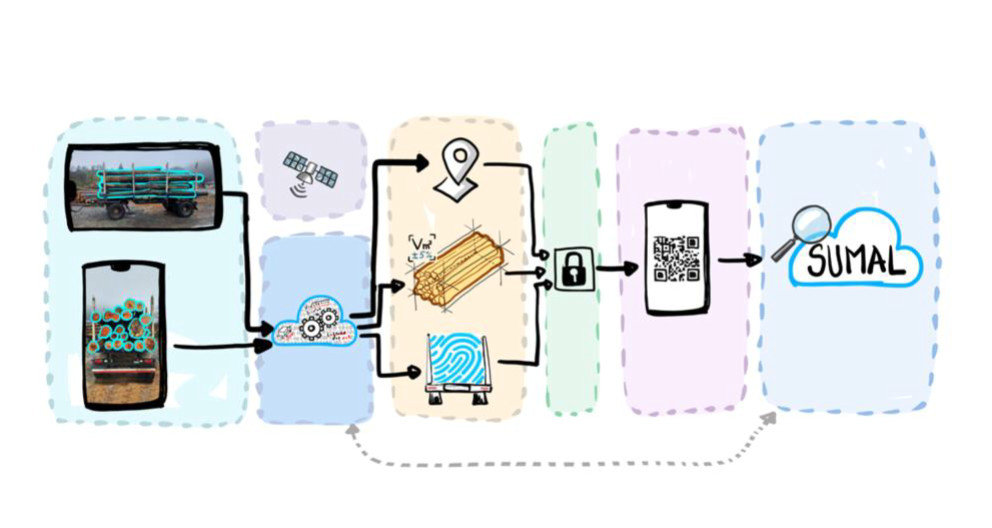The concept of the digital footprint of timber transports, supported by WWF for several years, is set to become a reality following the contract signed by the Ministry of Environment last week under the National Recovery and Resilience Plan (PNRR).
The main goal of the project is to develop, within a year, an innovative digital system for the supervision, monitoring, and control of the forestry fund and timber circulation. This system will be capable of automatically generating alerts and integrating real-time data from all integrated sources.
We consider that the authorities have taken significant concrete steps to follow the direction set by the National Forest Strategy 2030 (SNP 30), and we hope that the „digital footprint” they will develop leads to the achievement of an effective SUMAL 3 system that closes the gaps highlighted by WWF.
Meeting these objectives is conditioned by following the relevant provisions outlined in the Terms of Reference and the response received by WWF following the requests for clarification:
All of these developments are occurring as Parliament debates the approval of a new Forestry Code, which we hope will establish a new architecture for combating illegal logging, as already assumed by SNP 30.
If the authorities continue to develop ongoing projects to enable the use of modern monitoring and control techniques, and implement the administrative reforms pledged for forestry, we believe our country can successfully close the infringement procedure initiated by the European Commission against Romania as early as 2020. Furthermore, SUMAL could potentially serve as a role model, as illegal logging and untaxed timber affect all countries, not just Romania's forests.

